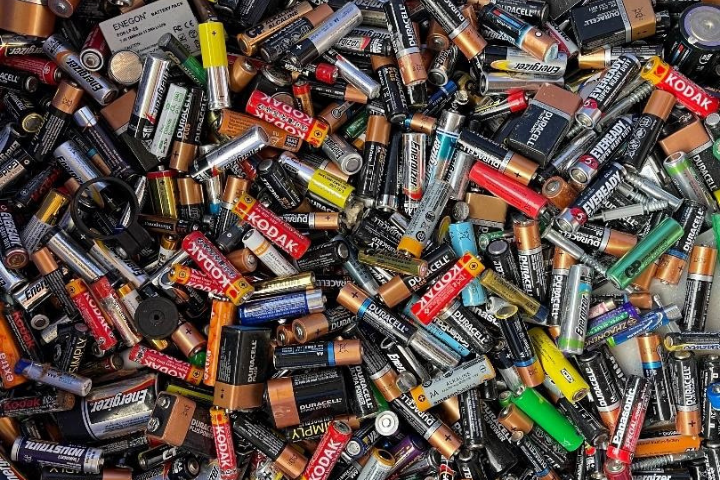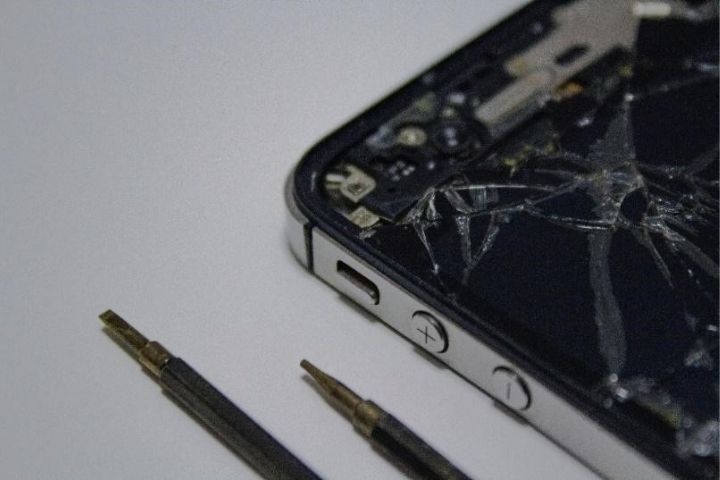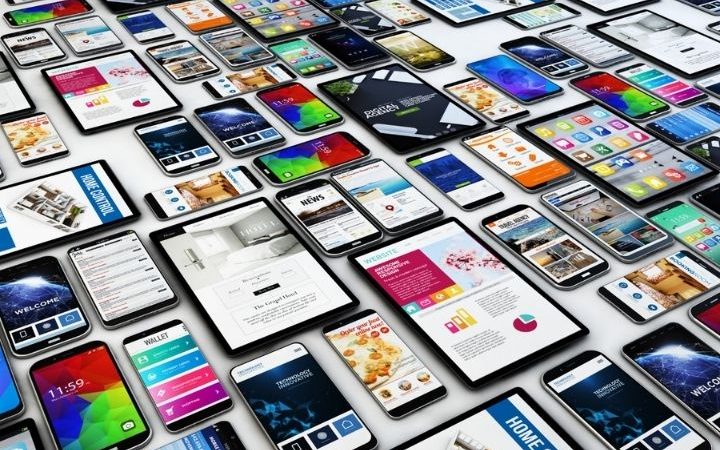What Are The 7 Ways To Lessen Digital Pollution?

Reducing digital pollution involves a commitment to more sustainable options, like prolonging your device’s lifespan, buying refurbished technology, and more.
You are probably aware that several human activities produce pollution. Vehicles release air pollution; improper garbage disposal can cause water pollution; bright, excessive lighting can lead to light pollution. However, you might not be familiar with the term digital pollution.
Digital pollution refers to the harmful effects of technology on the environment. Most digital pollution is from the manufacturing of digital products, the electricity consumed by technology, and the disposal of electronic and digital waste.
With different sectors adopting more digital technology, all the processes involving them result in excessive digital pollution. Buying a new phone, sending an email, and storing files online all affect the natural environment.
What contributes to digital pollution?
- Manufacturing technological devices like smartphones, laptops, etc., involves mining raw materials to produce electronic components.
- Devices consume electricity not only for the device itself but also to access the internet, transfer data, and allow fast communication. Websites, apps, and online platforms are hosted on data centers that consume too much electricity.
- Digital devices have short life spans due to advances in the digital sector, thus producing e-waste and increasing the demand for more devices.
Keep in mind that although you may not directly see the manifestations of digital pollution, it still exists and contributes to the worsening global warming. Digital transformation is already present and accelerating, so halting it is not the answer. Instead, tech companies and consumers must understand the impact of their usage and take part in minimizing its effects on the planet.
How can we lessen digital pollution?
To responsibly use technology, we must commit to lessening digital pollution by incorporating more environmentally sustainable choices.

1. Keeping your devices for longer
The manufacturing of raw materials for digital devices takes up a lot of resources. Most of these materials are ores and metals that come from non-renewable resources, so obtaining them is harmful to the environment.
Take care of your devices like your phone and computer to extend their life span. If it breaks, try to have it repaired before throwing it away. Refrain from buying a new device every time there is another release. If you need to upgrade, sell your phone or give it away to avoid adding more e-waste to the world.
2. Buying refurbished technology
E-waste and discarded technological products are predicted to be at 74 million tons by 2030. Buying a refurbished phone or laptop essentially means that one less device contributes to the millions of existing e-waste. This may seem insignificant, but these small steps can pile up if done by many people throughout their lives.
Compared to buying a new device, getting refurbished products like a refurbished MacBook Pro M1 reduces the waste and pollutants that come with the manufacturing of new products. Due to the short lifespan of digital devices, there is a demand for more products. However, if consumers extend the use of these products by buying them refurbished, fewer new devices need to be produced.
3. Recycling e-waste
Millions of tons of e-waste are disposed of annually, but only a small amount is fully recycled. Globally, only 17% of the total e-waste is documented to be collected and properly recycled.
Recycle e-waste to give your devices, batteries, or electronic gadgets another life. You can look up nearby recycling centers or e-waste collection points and leave them your broken devices and used-up batteries. Recycling centers can recover valuable materials from these devices, reducing the extraction of those materials from the environment.
4. Reducing cloud storage by using physical drives
Storing large amounts of files in the cloud can be unnecessary and harmful. When you upload a file to online storage, a server keeps it safe, consuming electricity. Its transmission when uploading and downloading also adds to digital pollution. If you are storing a lot of files online, you continuously consume electricity.
You can reduce your environmental impact by deleting unnecessary files and using physical storage when possible. Store your files in external hard drives instead of the cloud to lessen your digital footprint.
5. Unplugging devices when not in use
Leaving digital devices plugged in uses up more electricity, so make it a habit to remove them once they are charged enough. While a small act, it can add up very quickly. Imagine if you kept your smart TV, smartphone, headphones, and tablet charging for longer than needed. All of those consume electricity even when not necessary.
6. Using email wisely

The impact of email, attachments, and courtesy copies might not be visible to us, but the people who utilize these features make up massive carbon emissions. Small things make a difference, and you can start by replacing attachments with links and eliminating unnecessary email responses. Delete unwanted or unimportant emails, as well.
Removing extra newsletters from your subscriptions is also a good step.
7. Switching to alternatives online
Even a simple search on the internet causes digital pollution. Think about how many times you looked something up today. A large amount of the world’s population is doing the same. In fact, Google executes 3.5 billion searches per day.
While it may be unavoidable to search for something, you can switch to an eco-friendly alternative like Ecosia, which plants a tree for every 45 searches performed.
You can also check if your favorite website is significantly impacting the planet through tools like Website Carbon Calculator. Taking note of a website’s carbon footprint and your frequency of use can guide you to a more environmentally-friendly way of being digital.
Small acts add up
Billions of people on earth have embraced digital technology, so the goal is not to stop using it but to be more mindful of the impact of our actions and decisions.
Keeping your devices for longer and buying refurbished technology decrease the need to manufacture more gadgets that deplete non-renewable resources. Doing these can also help you save money.
Recycling e- reduces the million tons of e-waste added each year due to improperly disposed of technology.
Reducing cloud storage, unplugging devices, and using email wisely help reduce the power and resources needed to run the servers, data centers, and ledger systems that keep online platforms running. When using search engines, switching to alternatives creates a culture of giving back.
These decisions all add up, especially when done over the years. Let us consider our planet’s welfare as we benefit from the convenience of digital technology.
Also Read: How To Find Someone Online For Free


